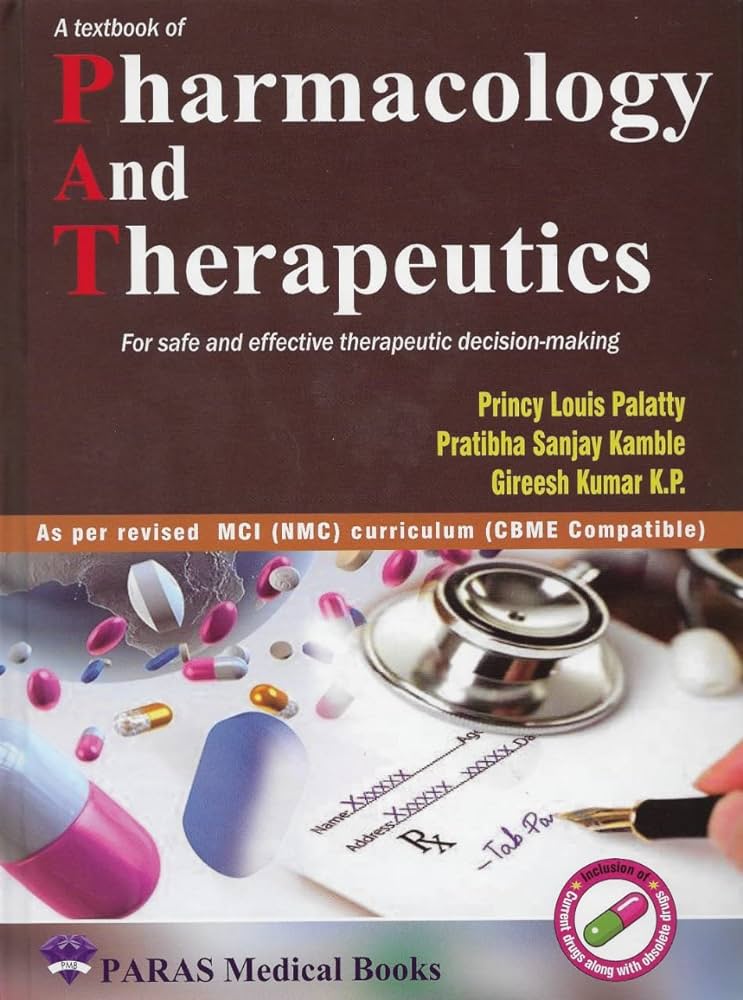Attributes novel drug candidate: Constitutive GPCR signal bias mediated by purinergic receptors
IF 12.5
1区 医学
Q1 PHARMACOLOGY & PHARMACY
引用次数: 0
Abstract
G protein-coupled receptors (GPCRs) can transmit signals via G protein-dependent or independent pathways due to the conformational changes of receptors and ligands, which is called biased signaling. This concept posits that ligands can selectively activate a specific signaling pathway after receptor activation, facilitating downstream signaling along a preferred pathway. Biased agonism enables the development of ligands that prioritize therapeutic signaling pathways while mitigating on-target undesired effects. As a class of GPCRs located on the surface of cell membranes, the discovery and clinical implementation of adenosine and P2Y receptors purinergic signaling modulators have progressed dramatically. However, many preclinical drug candidates targeting purinergic receptors have failed in clinical trials due to limited efficacy and/or severe on-target undesired effects. To overcome the key barriers typically encountered when transitioning ligands into the clinic, the renewed impetus has focused on the modulation of purinergic receptor function by exogenous agonists/antagonists and allosteric modulators to exploit biased agonism. This article provides a brief overview of the research progress on the mechanism of purinergic biased signal transduction from the conformational changes of purinergic GPCRs and biased ligands primarily, and highlights therapeutically relevant biased agonism at purinergic receptors.
新候选药物:嘌呤能受体介导的组成型GPCR信号偏倚。
G蛋白偶联受体(gpcr)由于受体和配体构象的改变,可以通过G蛋白依赖或独立的途径传递信号,称为偏置信号。这一概念假设配体在受体激活后可以选择性地激活特定的信号通路,促进下游沿首选途径的信号传导。偏向激动作用使配体的发展优先考虑治疗信号通路,同时减轻靶上的不良影响。作为一类位于细胞膜表面的gpcr,腺苷和P2Y受体嘌呤能信号调节剂的发现和临床应用取得了巨大进展。然而,许多靶向嘌呤能受体的临床前候选药物由于疗效有限和/或严重的靶外不良反应而在临床试验中失败。为了克服将配体转化为临床时通常遇到的关键障碍,新的推动力集中在外源性激动剂/拮抗剂和变弹性调节剂对嘌呤能受体功能的调节上,以利用偏向激动作用。本文主要从嘌呤能gpcr和偏配体的构象变化方面综述了嘌呤能偏倚信号转导机制的研究进展,并重点介绍了嘌呤能受体的治疗相关偏倚激动作用。
本文章由计算机程序翻译,如有差异,请以英文原文为准。
求助全文
约1分钟内获得全文
求助全文
来源期刊
CiteScore
23.00
自引率
0.70%
发文量
222
审稿时长
90 days
期刊介绍:
Pharmacology & Therapeutics, in its 20th year, delivers lucid, critical, and authoritative reviews on current pharmacological topics.Articles, commissioned by the editor, follow specific author instructions.This journal maintains its scientific excellence and ranks among the top 10 most cited journals in pharmacology.

 求助内容:
求助内容: 应助结果提醒方式:
应助结果提醒方式:


